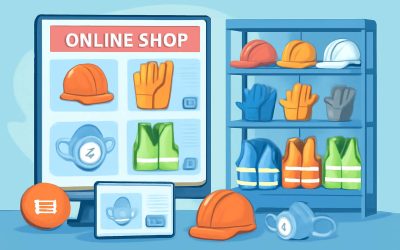Every boat should be equipped with the proper safety equipment. These essential items include fire extinguishers, life jackets, and other life saving devices.
The type of equipment required for a specific vessel varies depending on the nature of the vessel. A powerboat is generally more likely to require additional safety gear than a sailboat, although both have their own specific requirements as well.
Some of the most common safety equipment you may want to carry on board a vessel include a fire extinguisher, an anchor and enough anchor line, a de-watering device, and a first aid kit. You should also consider a cell phone, a satphone or portable radio, a compass, and a navigation light.
A Fire Extinguisher – The United States Coast Guard requires a marine-type fire extinguisher on all vessels where there is a possibility of a fire hazard from the engines or fuel system. The extinguisher must be labeled with a letter and number symbol that indicates the type of fire it can extinguish.
The extinguisher must be in a place where it can be readily seen and reached by anyone on board. It should be positioned away from the propellers or engines, and should have a label indicating its use, location, and manufacturer.
Flotation Devices (Life Jackets and Buoys) – Each recreational boat must have one wearable, U.S. Coast Guard-approved life jacket (Type I, II, III, or IV) for each person aboard. In addition, any vessel 16 feet or longer that is not a canoe, kayak, or paddleboard must carry one throwable (Type IV) device.
PFDs are the most important piece of boating safety equipment because they are designed to provide immediate protection from drowning and other serious injuries. They are required for all people onboard a recreational boat and can be purchased at any West Marine store.
Life Buoys / Rings – Typically, a life buoy is used to help rescue a person who has fallen overboard, but it can also be attached to a rope or lanyard to act as a personal flotation device. It should be approved by Transport Canada, emblazoned with a safety sticker, and attached to a line that is five times as long as the water’s depth.
It is a good idea to have more than one life buoy onboard, in case the first one fails or goes missing. Then, the second one can be easily retrieved.
Signals – The United States Coast Guard requires that all vessels operating on coastal waters, the Great Lakes and territorial seas be equipped with visual distress signals. These devices must be capable of making an efficient sound signal at night or at low visibility.
Besides the need to be in a position to make an effective call for help, the visual distress signals are also useful in guiding rescuers to you. The signaling device should be brightly colored and easy to spot from a distance.
The other type of signaling device is an emergency positioning indicating radio beacon (EPIRB), which sends a coded signal to a rescue service if it is lost or disabled. It is not a legally required item to have onboard, but we recommend that you invest in it when you boat on large bodies of water.



0 Comments